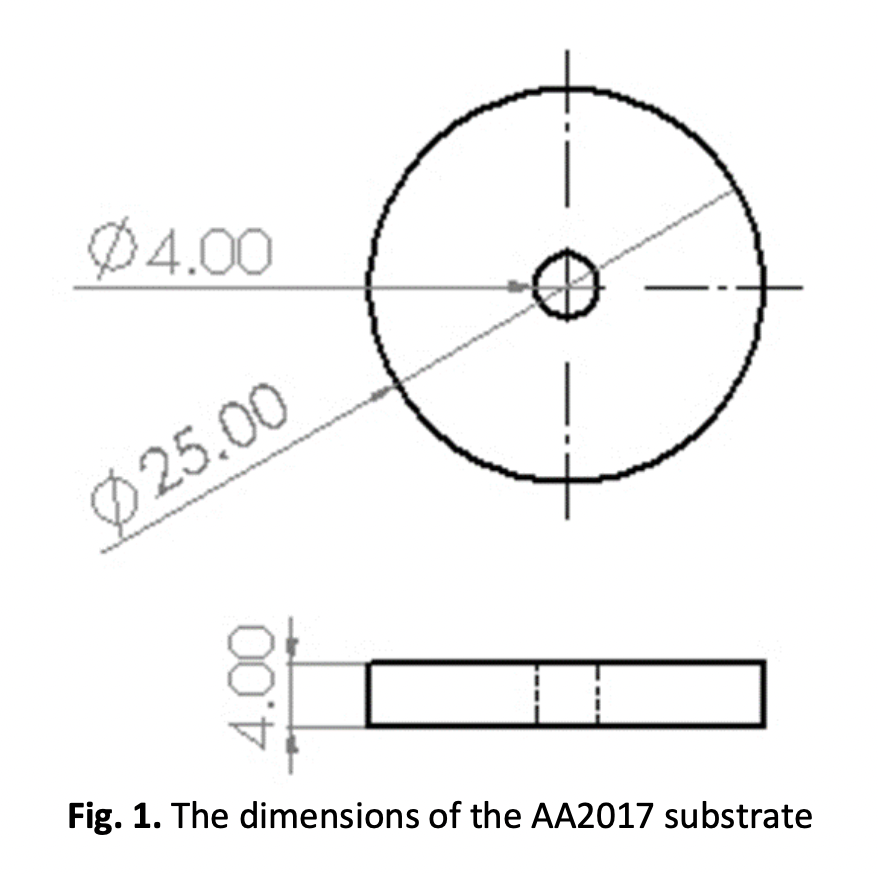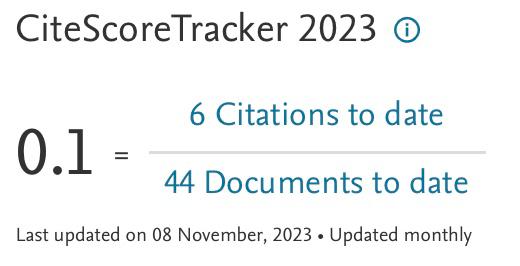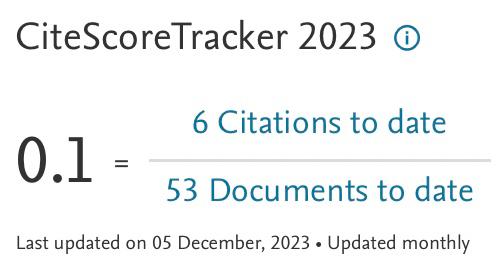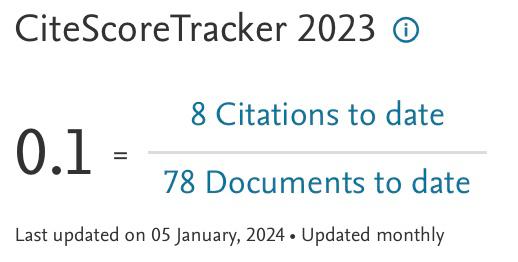Surface Refinement of Aluminium Oxide by Carbon-Based Reinforcement
DOI:
https://doi.org/10.37934/aram.105.1.2840Keywords:
Composite coating, carbon reinforcement, hard anodizing, anodic oxideAbstract
This paper clarifies the surface difference and tribological performance of anodic oxide coating reinforced with three different carbon-based sources. With the rising age of oxide coating as one of the strongest metal surface protectors, modification and improvement of this coating have been rapidly explored, including reinforcing carbon-based materials. The lack of literature on how the correlation between the particles' size improves the surface condition and its tribological properties opens up the gap in expanding this coating's potential. In this study, aluminium alloy AA2017 has been chosen as the substrate to be anodized with three different carbon sources: micro-sized graphite, nano-sized graphite, and graphite plate. With a constant 2A current on the DC power supply, the substrate was anodized for 60 minutes in a 20% sulphuric acid electrolyte. The finding shows that the anodic oxide with nano-sized graphite produces the highest hardness surface with almost 50% improvement compared to the unreinforced anodic oxide coating with no visible micro-cracks on the surface observed. Tribologically, the anodic oxide reinforced with micro-sized graphite produced the lowest coefficient of friction and wear rate at 0.4 and 1.25x10-5 mm3/Nm, respectively. The wear track image shows traces of debris that are different for each type of anodic coating that might be influenced by the surface roughness and hardness of the coating.






















